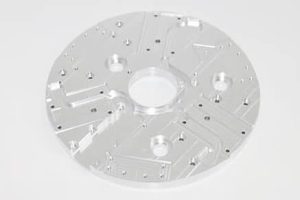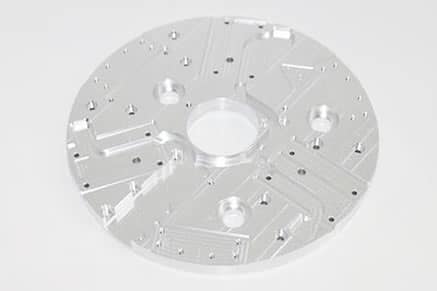Milling 5052 Aluminum Precision Machine/Medical Workpiece
Can withstand daily abuse in healthcare settings.
State-of-the-art facilities and advanced CNC machining technology.
Customizable options and flexible manufacturing processes.
Efficient production and prompt delivery.

Milling 5052 Aluminum Precision Machine/Medical Workpiece
| Material | 5052 Aluminum |
| Tolerance | +/-0.05mm |
| Surface Treatment | Electroplating, passivation, and anodizing |
| Main Process | CNC milling |
| Quality Control | Strictly Quality control in the whole process, from material to packing, Coordinate-measuring machine |
| Usage | Machines/Medical Instruments |
| Customized Drawings | Auto CAD, JPEG, PDF, STP, IGS, and most other file formats are accepted |
XTJ is a leading OEM Manufacturer that is dedicated to providing one-stop manufacturing solutions from prototype to production. We are proud to be an ISO 9001 certified system quality management company and we are determined to create value in every customer relationship. We do that through collaboration, innovation, process improvements, and exceptional workmanship.





